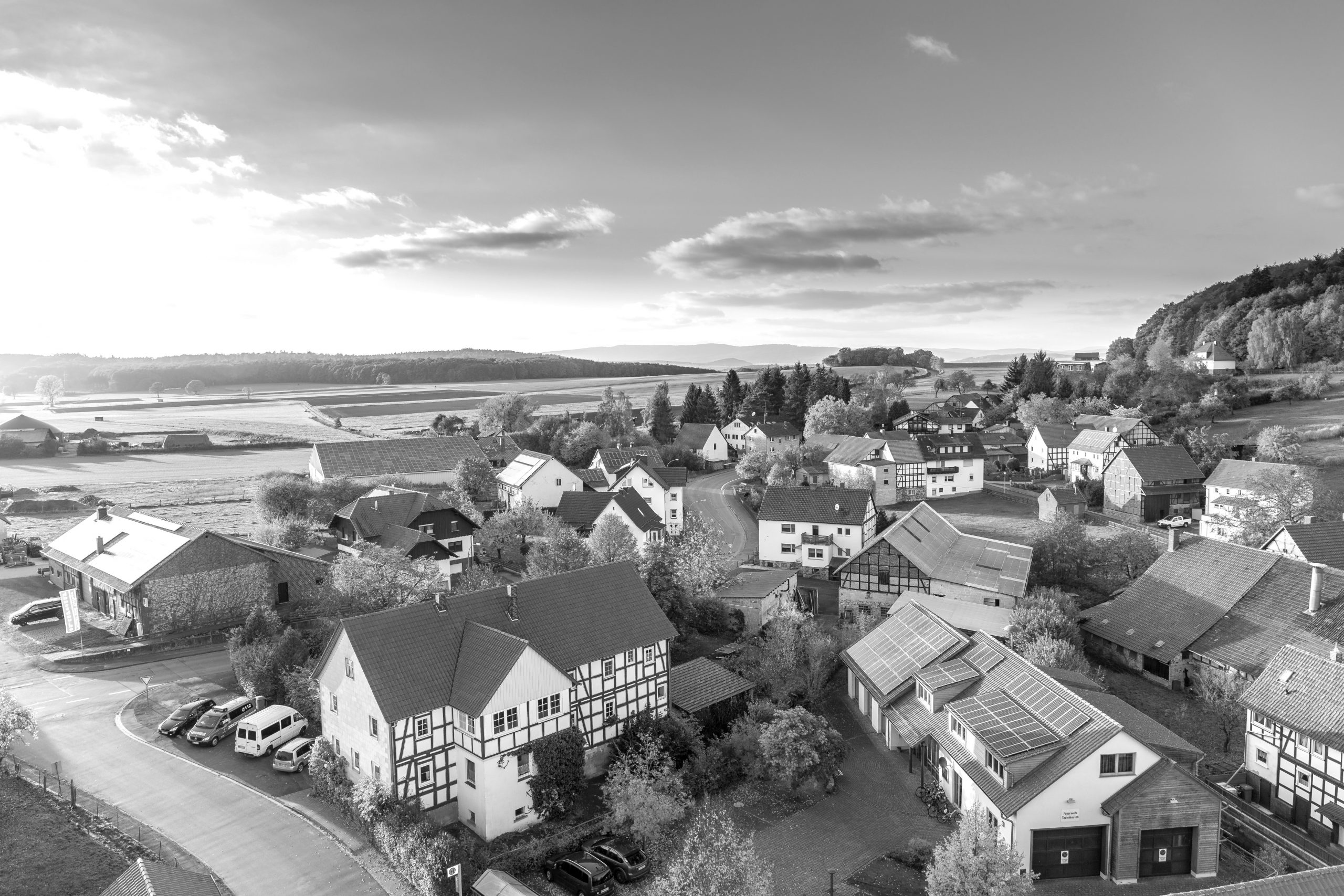A couple of weeks ago I found myself deep in the Cotswolds. Two middle-aged neighbouring couples on a very pleasant estate of modernish detached houses had fallen out over the exact position of the legal boundary. There were the usual allegations of an encroaching extension, a wrongly positioned replacement fence and over-hanging guttering. The mediation bundle contained the inevitable documents: office copies of each registered title with filed OS plans, ancient conveyances with crayon-coloured drawings, scores of poorly copied photographs of the site before, during and after erection of the offending structures, numerous meticulously prepared land survey drawings with ingenious transparent overlays together with accompanying surveyors’ reports expressing great confidence in perfectly opposite opinions, letters from neighbours and previous owners, aerial photographs of various vintages, counsel-drafted pleadings bandying trespass, nuisance, encroachment, obstruction, verbal abuse, threatened assault, damages and interest. Court approved costs budgets for eye-watering sums, most of which had already been spent. Oh, and funding notices indicating legal expenses insurance on each side – generally a most unwelcome additional obstacle to settlement and the bane of the mediator’s professional life (think late afternoon, settlement in principle…and a wrecking ball delivered by telephone from an insurance company).
I’ve mediated many boundary disputes over the years and I’ve learned a thing or two. Firstly, it is almost always highly beneficial to hold the mediation on site (in spite of the various delicate issues this entails: In whose driveway should I park? Whose toilet should I use? How do I balance competing offers of lunch and drinks? Vicious and/or over-familiar canines? Foul mouthed parrots? Crowd control issues?). Secondly, bring with you a positive, sunny and optimistic disposition together with a repertoire of funny and apposite tales to lighten the mood in each camp and encourage both sides to like you. Thirdly, come prepared! Essential kit includes wellington boots, an old suit or more casual clothes if you can get away with it, a full length raincoat and an umbrella. Extremely useful additions include gardening gloves, spray paint, chalk, mallet and wooden stakes or bits of rebar. When you need a few sane moments to reflect and regroup, your car is your sanctuary, so do not come by bus or train or accept a lift from any lawyer.
I started by holding private meetings with each of Mr and Mrs X and Mr and Mrs Y and their respective lawyers in their respective homes. Having obtained prior permission, I then toured the boundary from each garden with each of the parties separately, and allowed them to point out to me certain features they considered crucial to their cases, including the rotten stump of a wooden post, a holly tree adjacent to the boundary, some buried bricks and a misaligned concrete slab. It was, of course, impossible for me to form any kind of view on the merits or demerits of each case, even if that had been my role (which emphatically it is not). If two expert land surveyors were capable of holding two opposite views, what chance did I have?
But it was possible for me to build a relationship with each couple and to gain their trust throughout the morning. I did this by demonstrating genuine interest and concern, and by listening carefully to what they wanted to tell me – not just about the dispute but about how it had impacted their lives, and about all sorts of other things as well. I liked both couples immensely. They were decent people who let me into their worlds where they proudly displayed photographs of their grown up children. And yet they had fallen out over a few inches of land. They used to be friends; now they hated each other. How could this happen?
It is easy for the media to deride the parties to boundary disputes where thousands of pounds are spent litigating over tiny strips of land. It is easy for lawyers to groan each time they open the ever-expanding file. It is also easy for judges to visit a plague on both their houses in the interests of encouraging proportionality. But for me as a mediator it was very easy to see how these two ordinary, decent couples had descended into this dreadful pit where their homes had ceased to be their sanctuaries. Neighbourliness involves respecting others and treating them as you would wish to be treated. A legal boundary between two properties is the measure of the emotional boundary of neighbourly respect. Stepping uninvited over that boundary, whether physically or metaphorically, whether accidentally, or through lack of care, or deliberately, feels to many like a personal assault. Redress is sought, often clumsily. Egos (especially male egos) are stirred. Things are said and done that go too far. The relationship is broken and suddenly friends are enemies. Next step: a solicitor.
I did not allow a meeting between the couples until the end, because I judged that would only make things worse. Instead I brought the lawyers together on numerous occasions and the three of us worked to build settlement options which sought to address each couple’s concerns. There was some bitterness expressed by both sides – that is only natural, and indeed essential. Each couple had the freedom to vent their feelings and they felt they had been heard. The settlement, when it eventually fell into place, was a classic compromise involving a fair share of give and take and – critically – mutual apologies delivered in person with handshakes and even a hug. The agreed boundary was marked with spray paint for one of the surveyors to draw a definitive plan which would be lodged at the Land Registry. A new boundary fence would be constructed. The legal expenses insurers fell into line too, bringing an exceptionally intense day to a terrific conclusion.







